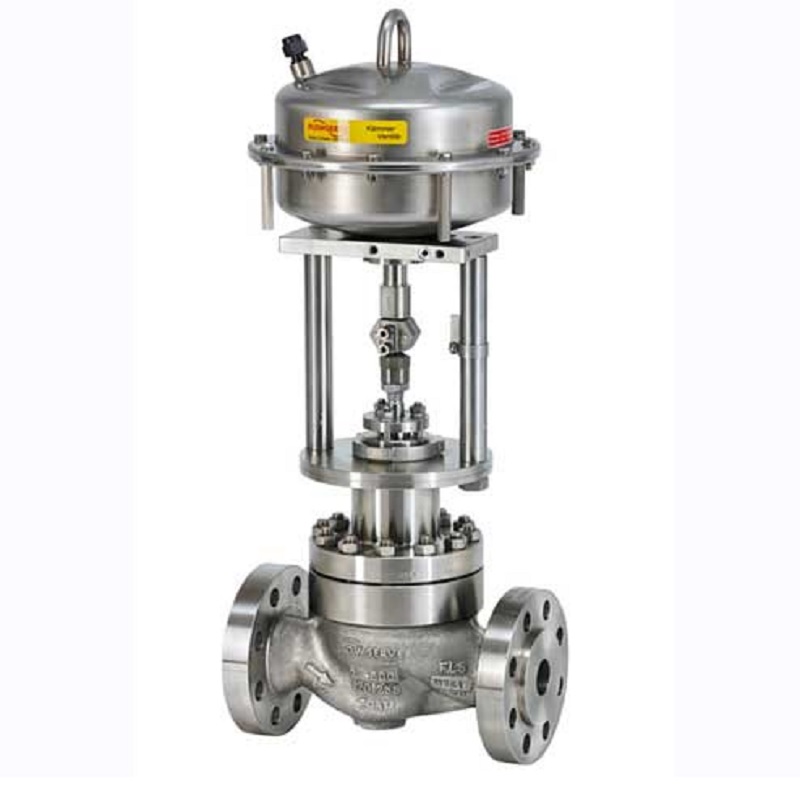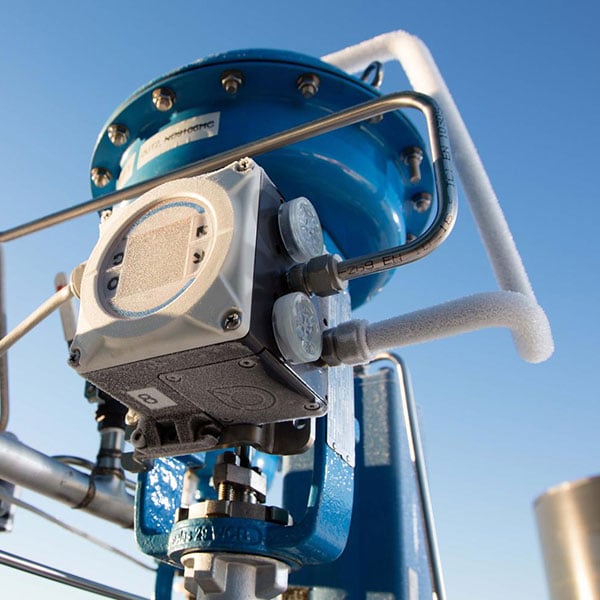Recognizing the Relevance of Control Valves in Process Automation
Recognizing the Relevance of Control Valves in Process Automation
Blog Article

Maximize Energy Cost Savings and Convenience With Advanced Structure Automation Controls
In the world of modern architecture and facility management, the combination of innovative building automation manages stands as a critical advancement. The merging of technology and sustainability has actually birthed a brand-new period where power performance, convenience optimization, and operational streamlining are no more distant aspirations but obtainable facts. By taking advantage of the power of automation, buildings can adapt, respond, and progress in manner ins which were as soon as unimaginable. The potential for substantial power cost savings and boosted comfort is not just a promise but a possibility waiting to be met. This standard change in building administration holds the essential to unlocking a globe where environmental conscientiousness and occupant health harmoniously exist side-by-side within the wall surfaces of our structures.
Power Effectiveness Benefits
Energy effectiveness advantages can significantly minimize power consumption and functional costs in structures. By executing energy-efficient techniques and innovations, building proprietors and drivers can achieve substantial savings while also adding to ecological sustainability. Among the key advantages of enhancing energy efficiency in buildings is the reduction of energy costs. Energy-efficient systems, such as innovative structure automation controls, can optimize making use of resources like heating, lighting, and cooling, resulting in lower energy expenditures with time.
In addition, enhanced energy performance can extend the life-span of building devices and systems. By operating much more successfully, cooling and heating systems, light, and various other building components experience much less damage, resulting in decreased upkeep and replacement prices. Furthermore, energy-efficient buildings typically command greater residential or commercial property worths and rental rates, supplying lasting financial benefits to proprietors.
Additionally, energy performance can improve owner convenience and performance. Correctly managed indoor environments with optimal lighting and thermal problems produce a more helpful and pleasant work space, resulting in improved employee satisfaction and efficiency. On the whole, the energy effectiveness benefits associated with innovative building automation controls are diverse, including price financial savings, ecological stewardship, and occupant health.
Improved Comfort Control
Enhancing convenience control in building settings needs an advanced assimilation of advanced automation systems for ideal resident wellness. By utilizing advanced structure automation controls, facilities can customize the indoor atmosphere to meet the particular demands and choices of passengers. These systems allow exact guideline of temperature, illumination, and air flow, producing a productive and comfy ambience. Owner satisfaction and productivity are very closely connected to thermal convenience, making it important to have systems in area that can adjust to changing conditions in real-time.
Boosted convenience control goes past fundamental temperature adjustments. It consists of attributes such as individualized setups, tenancy sensors, and all-natural light use to create a vibrant and receptive atmosphere. By incorporating these innovative controls, structures can not only improve comfort but additionally enhance power efficiency by maximizing system procedures based on actual occupancy and use patterns. Eventually, focusing on passenger comfort via sophisticated automation systems leads to an extra satisfying and much healthier interior setting.
Functional Effectiveness Improvements

Moreover, the execution of real-time surveillance and analytics devices allows structure operators to identify power inefficiencies and operational anomalies promptly. By continually checking power use patterns and system performance metrics, modifications can be made in real-time to optimize power usage and make certain peak functional performance. control valves. In addition, integrating demand reaction methods right into structure automation controls can additionally boost functional effectiveness by dynamically changing power use based upon grid problems and pricing signals
Indoor Climate Optimization
Effective interior environment optimization is an essential aspect of structure automation controls, hop over to these guys ensuring residents' convenience and health while making best use of power financial savings. By making use of sophisticated sensing units and controls, developing automation systems can continuously adjust and monitor temperature level, moisture degrees, air top quality, you could try here and air flow to produce an ideal interior environment. Preserving regular and comfortable problems not only enhances passenger complete satisfaction but likewise increases performance and total well-being.
Interior climate optimization additionally plays a crucial duty in power efficiency. By fine-tuning air conditioning, ventilation, and home heating systems based on real-time data and tenancy patterns, developing automation controls can dramatically reduce energy intake - control valves. Executing strategies such as demand-controlled ventilation and thermal zoning can assist reduce energy waste while ensuring that each location of the structure obtains the necessary conditioning.

Lasting Atmosphere Production
Structure automation manages not only maximize interior climate conditions for power performance and owner comfort but likewise lay the foundation for producing a lasting setting via tactical management of systems and resources. By integrating sophisticated structure automation modern technologies, such as sensing units, actuators, and smart software application, centers can adjust and check power use in real-time to lessen waste and decrease their carbon impact. These systems allow anticipating upkeep, determining prospective problems prior to they escalate and maximizing devices efficiency to boost longevity and effectiveness.
Furthermore, lasting atmosphere production extends past energy management to encompass water preservation, waste reduction, and interior air quality enhancement. Structure automation controls can control water use, detect leaks, and guarantee correct waste disposal techniques, contributing to general sustainability efforts. Additionally, by controlling and checking air flow and purification systems, these innovations improve occupant health and wellness and productivity while reducing power usage connected with cooling and heating operations.
Final Thought
To conclude, advanced building automation regulates offer considerable benefits in terms of power financial savings, comfort control, functional effectiveness, indoor environment optimization, and developing a lasting environment. By implementing these controls, buildings can attain ideal performance while minimizing power usage and improving resident comfort. It is noticeable that the use of sophisticated automation technology is vital in improving building efficiency and producing a much more lasting future.
Power efficiency benefits can considerably decrease energy consumption and operational costs in structures. On the whole, the power effectiveness advantages connected with this link advanced structure automation controls are multifaceted, incorporating expense financial savings, ecological stewardship, and owner wellness.
Additionally, incorporating need response methods right into building automation controls can further improve operational performance by dynamically readjusting power usage based on grid conditions and prices signals.
Structure automation manages not only enhance indoor climate problems for power effectiveness and owner comfort however additionally lay the foundation for creating a lasting environment with strategic administration of systems and sources.In final thought, advanced building automation controls deal significant advantages in terms of energy savings, convenience control, functional efficiency, indoor environment optimization, and developing a sustainable setting.
Report this page